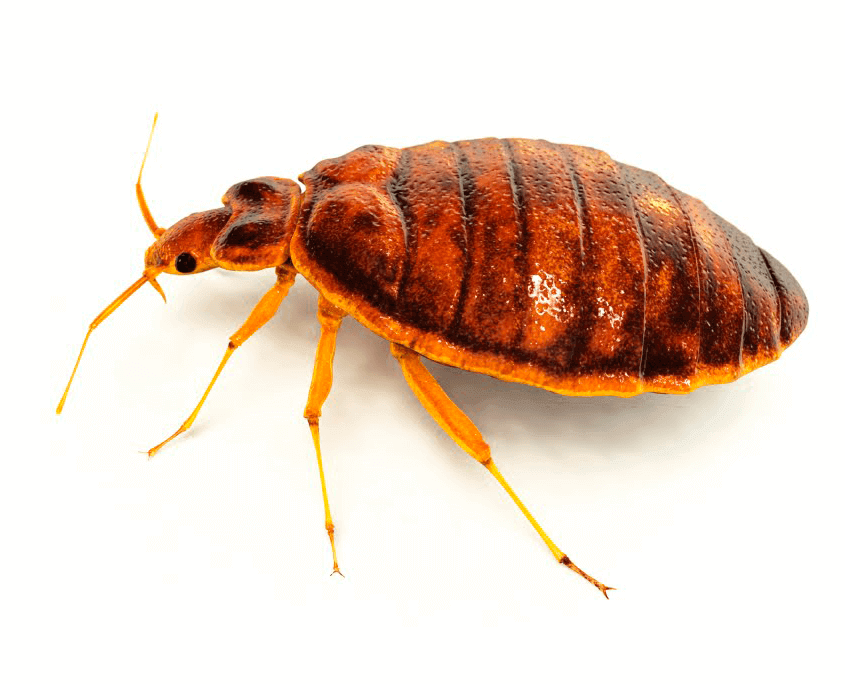Along with cockroaches, ants, and flies, bed bugs are the most commonly controlled insect pests within homes and buildings throughout the US. Given the commonality of bed bugs today, it is hard to imagine a world without them. However, during the latter half of the 20th century, bed bugs were almost entirely absent from the US. The introduction of the first widely used insecticide known as DDT during the 1940s nearly eradicated bed bugs from the country within a decade. A few isolated bed bug infestations began to appear in big cities during the 1990s, and by the early 2000s, it was clear that bed bugs had resurfaced in every state in the country. While experts are not exactly sure why bed bugs resurfaced in the US, it is obvious that the increase in global travel and trade helped to redistribute bed bugs throughout the world. Unlike all other bloodsucking insect pests, bed bugs rely primarily on human blood meals to survive. This has made bed bugs well adapted to thriving within homes.
In order for bed bugs to survive indoors, they must not only feed on human blood, but also remain hidden from humans at all times in order to avoid extermination. This is why bed bugs only emerge from their hiding spots to collect blood during the few hours before sunrise when humans are in their deepest state of sleep. Although bed bug adults are no larger than an apple seed, they can travel 4 feet per minute, and they often cover a foraging distance of 20 feet in just one night. In some cases, bed bugs have been found to travel 60 feet in search of human blood hosts. Bed bugs locate blood hosts in three stages, the first of which sees bed bugs wander around randomly until they sense a nearby human. Once bed bugs are within close proximity to a blood host, they begin to detect and follow the CO2 exhaled by humans. Lastly, bed bugs detect body heat, which allows them to make direct contact with a blood host. At this point, bed bugs begin inflicting repeated bites until they find a suitable blood vessel in which to feed. If humans are not available, bed bugs will reluctantly feed on the blood of pets like dogs and cats.
Have you ever discovered mysterious bug bites on your body upon waking in the morning?







